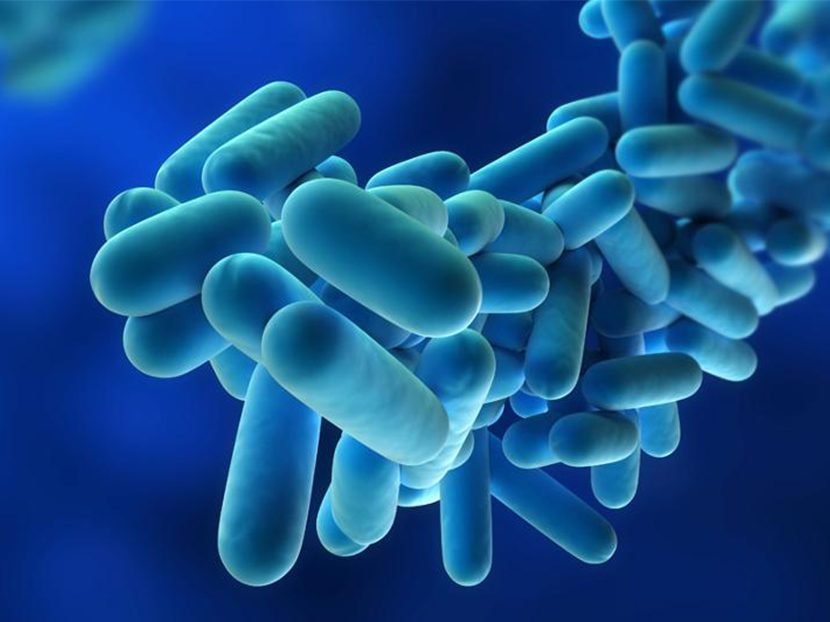DNA Testing Can Rapidly Solve Legionnaires’ Outbreaks

A DNA test method called polymerase chain reaction (PCR) allowed New York City health officials to identify the source of a Legionnaires’ disease outbreak within hours of specimen collection and should be considered in all Legionnaires’ outbreak investigations, researchers say in the April issue of the Journal of Environmental Health.
Their study describes the outbreak response and use of PCR rather than the standard method of bacterial culture, which generally takes five to 10 days for a lab to detect the presence of Legionella bacteria, said co-author Christopher Boyd, who led the city’s response to the 2014 Legionnaires’ outbreak as then-assistant commissioner of environmental sciences and engineering.
“In an outbreak investigation, the ability to identify and mitigate possible sources of exposure is critical to preventing more people from becoming infected. By using PCR, we were able to mitigate risks days earlier than if we had relied on traditional culture methods,” said Boyd, general manager of Building Water Health for North America at NSF International.
“Our approach likely helped prevent more people from getting sick, because we were responding much sooner.”
Legionnaires’ disease, a severe form of pneumonia that occurs from inhaling water droplets from manmade water systems contaminated with Legionella bacteria, is the leading cause of death from waterborne outbreaks. An estimated 8,000 to 18,000 cases a year in the United States require hospitalization.
With a PCR test, fragments of DNA are run through a machine called a thermocycler, which heats and cools the sample repeatedly to produce multiple copies of these DNA fragments, amplifying them for analysis in just a few hours.
Boyd, who co-authored the study with Isaac Benowitz from the U.S. Centers for Disease Control and Prevention (CDC) and other researchers, said while PCR can confirm the presence of Legionella bacteria in a water sample, it cannot reliably tell whether those bacteria are alive or dead (like a bacterial culture can).
But since PCR can be completed in one day, Boyd said the test is a valuable tool during a Legionnaires’ disease outbreak.
Visit www.NSF.org.




